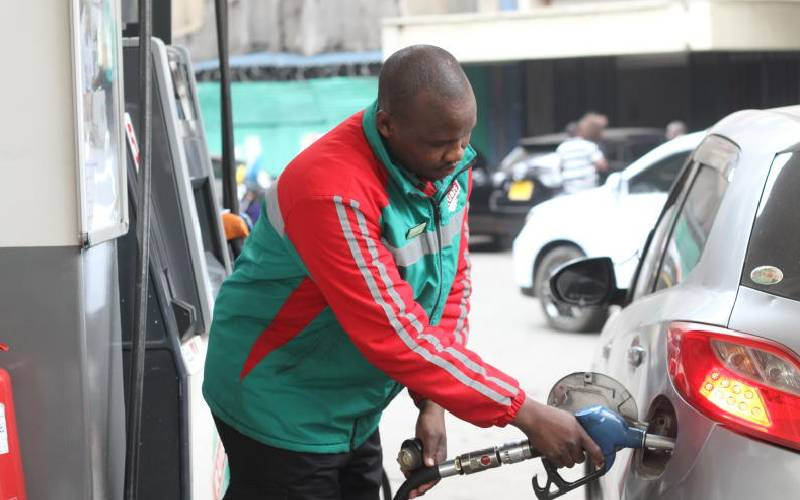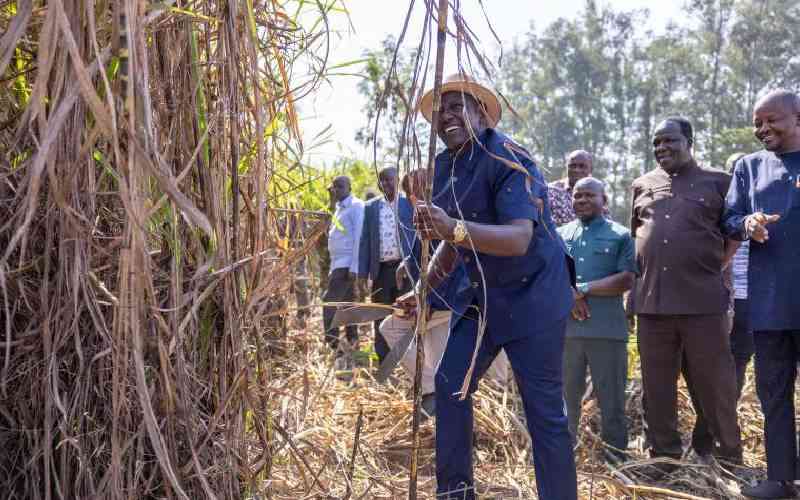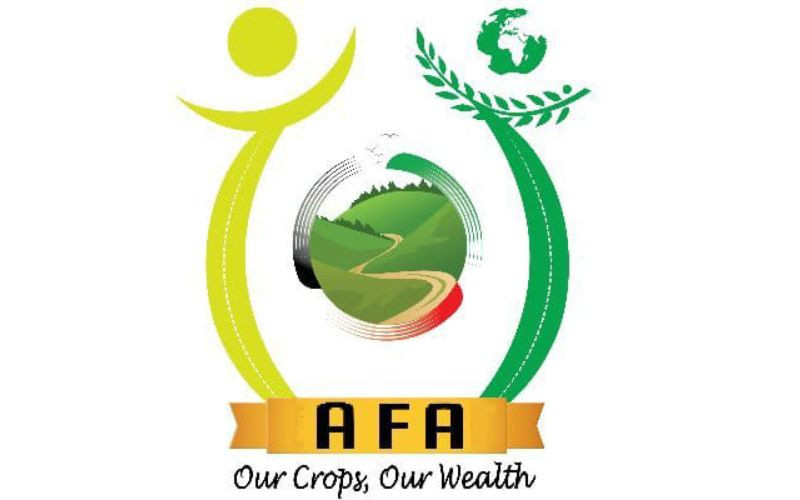
Have you wondered whose responsibility it is to ensure the package in which milk is sold, or plastic bottle is not a burden to the environment? How else would you use that waste bottle?
Someone used plastic bottles to fence, somewhere along Mombasa Road. Some tree seedling sellers use milk packets, which they buy from “street” boys, poor children and women who pick the packets from dump sites, or estate bins. The recycling helps remove such plastics from the environment and reduces the need to manufacture new bags. My dealer wishes there were biodegradable options since even after transferring the trees to the ground, the plastics linger. But what about milk producers, water or soda? Should they care to know the final destination of the packets or bottles? What is their responsibility? As much as the government is tasked with proper waste management, it is also a “circular” responsibility.
We can split roles: The end consumer of products such as water, milk, or any such goods, can segregate waste at source, reuse, or sell reusable or recyclable material, even though we are used to one trash can for all waste. Collectors equally struggle. As for producers, the National Environment Management Authority (NEMA) released the Sustainable Waste Management (Extended Producer Responsibility) Regulations, in 2024. This mandates producers to be responsible beyond the point of sale, and track their products and packaging while catering for waste recovery, recycling, and environmentally friendly disposal. The EPR regulations reincorporate producers and encourage their input in product redesign, enabling reuse and recycling, which reduces the need for virgin materials.
This would work best if producers took back used packages of their products. Why, for instance, would a cooking oil company keep buying new containers when the used ones can be cleaned and reused? Oil companies could already be taking back the waste because the yellow containers rarely make it to dumping sites. The gap remains motivation, especially for citizens.
We were once responsible when for every glass bottle of soda Coca-Cola would give Sh10. No one threw them. The public can be enticed to recycle. This cuts down costs associated with the production of new materials. Mandating producers to manage their packaging waste will help reduce the amount of plastic burned or left to degrade, both of which release carbon dioxide and other toxins into the atmosphere. Yet regulations, on their own, are nothing without enforcement and a supportive culture. One of the most fundamental aspects of the EPR framework is how it aligns with the Polluter Pays Principle, by ensuring those responsible for pollution “bear the costs associated with its mitigation and management”. Producers will be forced to acknowledge and address the environmental costs of their products.
Incorporating Producer Responsibility Organisations will transfer costs of waste collection, recycling, and disposal to producers, including small and medium enterprises, whose compliance would be a breakthrough in reducing emissions. Besides, the financial responsibility for post-consumer waste could encourage the design of eco-friendly, biodegradable, or recyclable products.
To facilitate compliance, the government, working with private sector stakeholders, must invest in awareness and capacity-building initiatives on the true value of waste, strengthen recycling infrastructure, and integrate with informal waste collectors. And since the regulations come with penalties for non-compliance, incentives for compliance would be good to have.
NEMA’s role is beyond monitoring, evaluation, and encouragement of data-driven decisions for EPR regulations to work. Better still, the government should encourage investment in recycling industries. It can be done!
The writer comments on climate action and related issues. [email protected]







